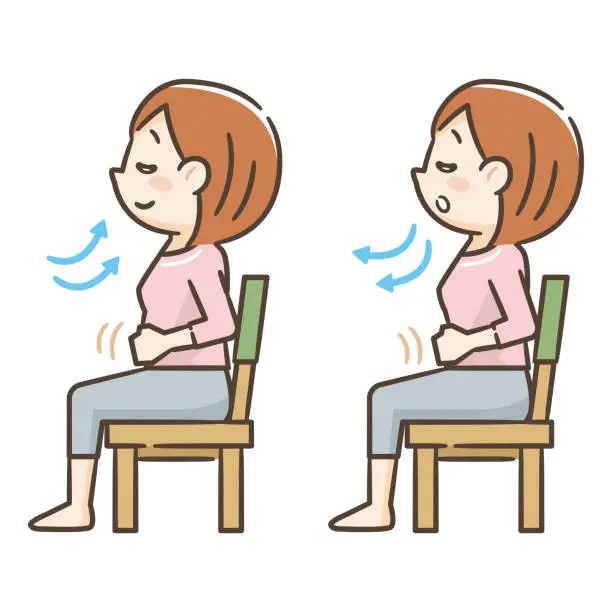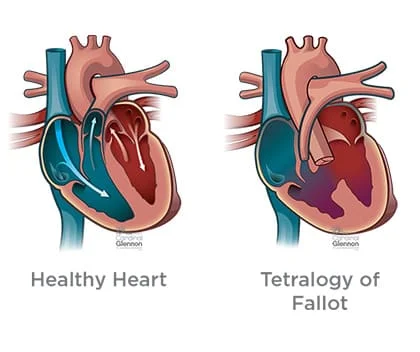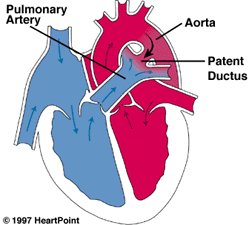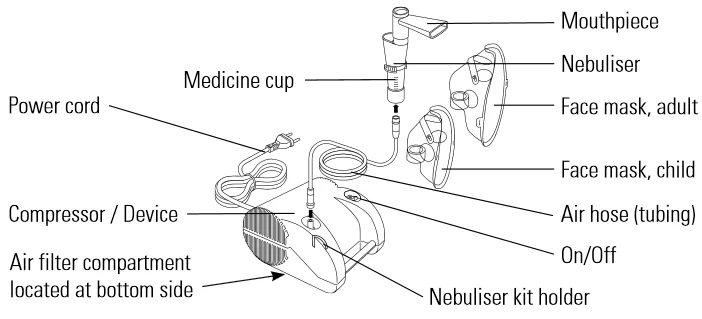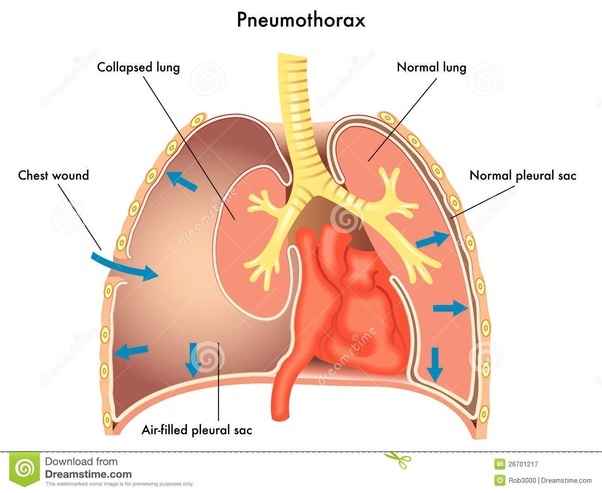Breathing Exercises for Hypertension: A Natural Approach to Lowering Blood Pressure
Breathing exercises can be a valuable addition to a holistic approach for managing and lowering blood pressure. These techniques involve deliberate control of your breath to promote relaxation, reduce stress, and ultimately, help lower blood pressure. In this guide, we will explore various breathing exercises that have shown promise in contributing to better blood pressure…

